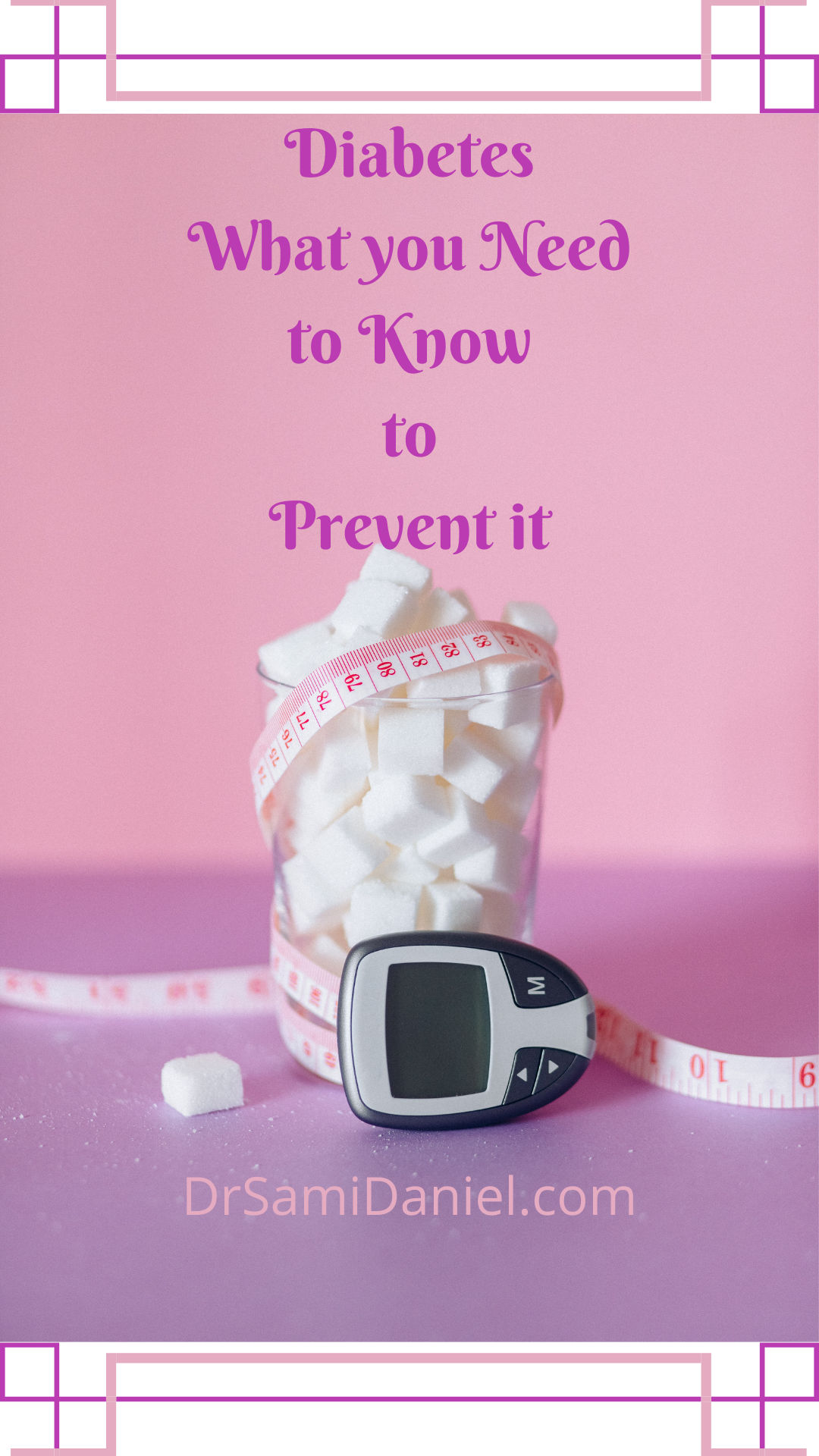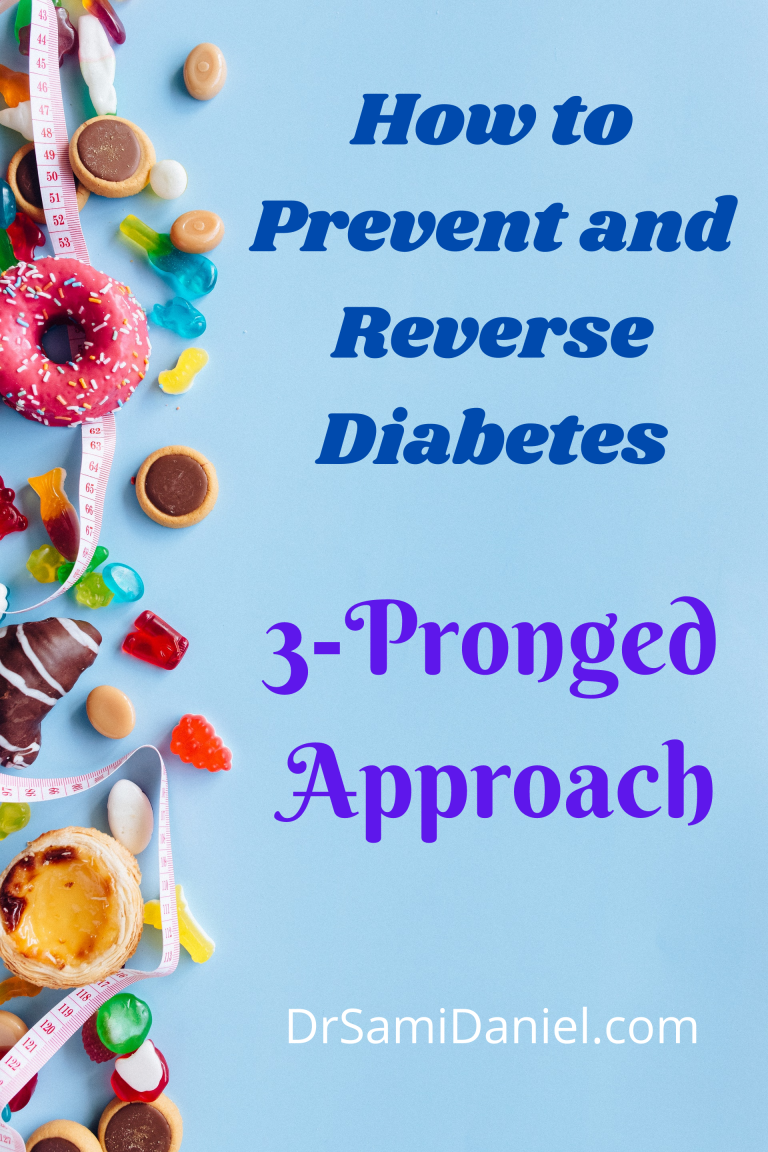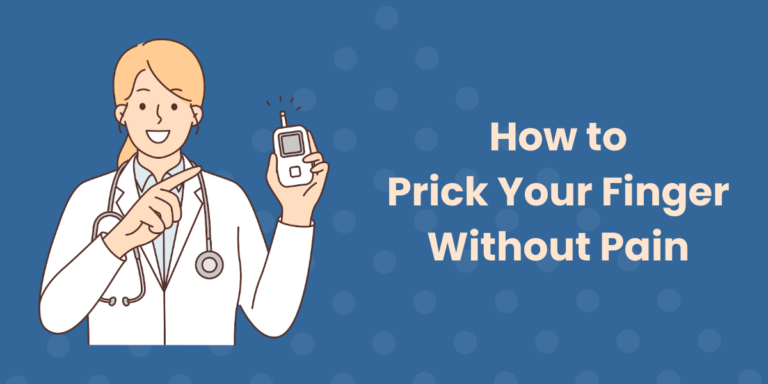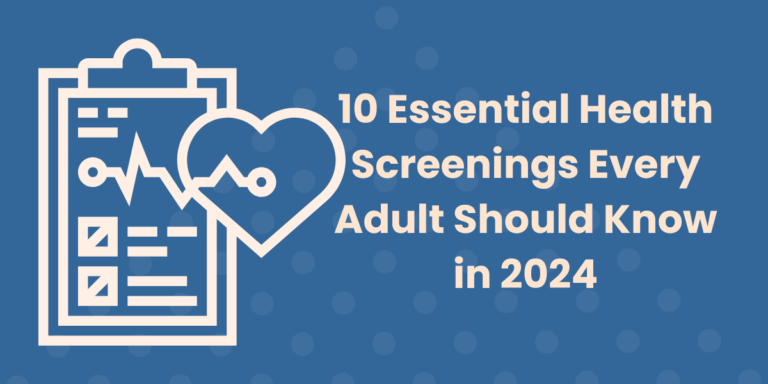Diabetes: What You Need to Know to Prevent it
Diabetes.
You heard about it before. You may even have a family member that was diagnosed.
But you don’t really know what it is. And now your Doctor may have diagnosed you with this disease as well.
You might have seen your family member or friend take medication. Maybe even prick their fingers before a meal or inject themselves with insulin.
It looks painful. Do they really have to do that? Do I have to do that now?
Questions swarm your mind. But you simply smile and nod as the Doctor explains what you have to do. It might feel almost intrusive to ask the Doctor about silly questions like these.
I hope to answer some of the questions that you wish you asked the Doctor.
What is Diabetes?
A simple question.
Often times, this is the first question most people have.
Doctors are aware of this, and attempt to explain this abstract disease and turn it into concrete understanding.
So here is my attempt:
Diabetes, at a fundamental level, causes a lot of problems throughout the body because of one thing – Too much sugar in the blood.
This disease is a much more complicated. However problems arise because there is too much sugar in the blood.
Why is Sugar a Problem?
Have a look at table sugar. What does it look like?
Pour it out on a piece of paper and you see that they are white crystals. They might even glitter in the light.
What do they feel like? Well depending on how well ground they are, they might feel very fine like granulated sugar. Or they may feel coarse and jagged. Almost like the different levels of grain on a piece of sandpaper.
Sandpaper comes with various levels of coarseness. And therefore they have different levels of grit to address specific jobs.
Start with a high grit for rough wood. Then move on to finer grits as the wood becomes smoother.
Now imagine sugar inside your blood vessels.
The inside layer of your blood vessels are very very smooth. This is to make sure that there is little friction to slow down the blood flow to vital organs.
But what if there is too much sugar inside these vessels?
The excess sugar acts like sandpaper against these very smooth blood vessels.
At first thought, you might think this is a good thing. After all, you want your vessels nice and smooth to maximize blood flow to vital organs and muscles.
But as with sanding wood too much, it will eventually disintegrate.
The body knows this problem. So it tries to patch up the damage and restore the lining before it disintegrates.
The body will do this with cholesterol. And not just any cholesterol, LDL also known as “bad” cholesterol.
What happens if cholesterol is used to repair damaged vessels?
The body uses LDL cholesterol because it is great material to patch up small nicks or cracks in the blood vessel walls.
It’s a quick repair job to maintain the integrity of the vessel so that it does not break and leak out blood.
Ideally this will be replaced later on with good cholesterol so that the patch job is now fully repaired.
This is kind of like how a city repairs potholes in the road. There’s a quick fix or they put on a cold patch which doesn’t last very long. And there is a permanent solution when they completely resurface that entire road.
But as is the case with the road there is a lot of traffic. And with all the cars and trucks and every vehicle in between the road will begin to crack again and potholes will begin to form starting the whole process over again.
The same is true in a person with diabetes. There are all kinds of things floating around in the blood. All these things can cause problems to the roads. And problems on the roads need to be repaired.
But in a person with diabetes, the traffic is overwhelming. There is so much sugar in the blood causing nicks and cracks that it’s hard for the body to keep up with repairs.
So it’s constantly repairing potholes with a patch job without ever having the chance to complete a more permanent fix.
So the patch job keeps building and building until it interferes with the flow of blood.
If this happens in the heart, a person with diabetes will have a heart attack.
If this happens in the brain, a person with diabetes will have a stroke.
Keep in mind that these patch jobs are occurring throughout the body and not just in specific places. So you can have problems with kidney function, vision problems, and even erectile dysfunction.
These are all problems caused by the decreased blood flow to those organs.
What can I do to prevent diabetes?
There are three main ways to help prevent diabetes or minimize its complications.
- Diet
- Paying attention to your diet is probably the first and best way to help prevent diabetes. Or if you already have diabetes, diet modification will help minimize the risk of complications.
- Reducing your intake of simple carbohydrates such as white bread, rice, or pasta helps a great deal. So if you normally take two scoops of rice, take only one. If you have two pieces of bread try using only one for a sandwich.
- While reducing simple carbohydrates you need to also increase your fiber intake. This combination will help keep your blood sugar levels stable. This is because fiber acts like a slow release mechanism. You receive all the nutrients you need at an even pace no high swings or low swings.
- Fiber also helps to normalize cholesterol levels. This is important so that makes and cracks in the road are repaired well. This will allow the blood to continue flowing smoothly to all the organs.
- Exercise
- Exercise is essential according to the American Heart Association.
- Exercise does not need to be difficult. You do not need to go to the gym to do your cardio or lift weights. You simply need to go for a walk.
- A low-impact exercise like walking helps to improve mobility, joint function, endurance, and of course your cardiovascular health which includes your heart as well as the blood vessels which carry blood to vital organs.
- 30 to 40 minutes of exercise such as brisk walking is recommended per day.
- This activity will help keep blood sugar in check has the muscles use it.
- With normal sugar levels the body is able to completely repair any problems with the road system and improve delivery of blood supply with the nutrients and oxygen.
- Medication
- If you need a little extra help after doing your best with diet and exercise then your doctor may include medications.
- Medications should be considered as a last resort. However there are times when the severity of diabetes cause for immediate medication.
- Therefore your doctor may recommend an approach to all three at the same time.
- This will depend on a blood test known as the hemoglobin A1c. Your doctor may also look at your cholesterol levels, blood pressure, age, smoking history, and others to determine if you need immediate medication.
- These medications may bring down your blood sugar below normal levels and therefore can be dangerous. So be sure to take your medications as directed by your doctor, and to let them know of any side effects or symptoms you might be experiencing.
What is Hypoglycemia?
Hypo -glycemia translates to low blood sugar.
This is a dangerous situation which needs to be addressed quickly.
Low blood sugar can happen for many reasons including but not limited to taking too much medication and/or taking your medication as directed but changing your dietary and exercise patterns without informing your doctor.
If you inform your doctor of your intentions to change your diet and exercise regimen, your doctor can adjust your medications to minimize the risk and potential danger of hypoglycemia.
Symptoms of low blood sugar include but are not limited to:
- Headache
- Confusion/irritability
- Dizziness
- Vision changes/blurry vision
- Sweating
- Increased appetite/hunger
- Shaking or tremors
These are just a few symptoms that can occur with a low blood sugar.
If this happens, you must increase your blood sugar fast.
Eat a piece of candy, orange juice or soda, or you can even take a sugar pill assuming you already got them from the pharmacy and they are available to you at home.
Ironically, these are exactly the things that you should avoid when you have diabetes. However in the dangerous situation of low blood sugar, you must bring your sugar levels back up as quickly as possible.
Contact your doctor for more information as soon as you are able.
What is Hyperglycemia?
Hyper -glycemia translates to high blood sugar.
This is a dangerous situation as well if the levels of sugar get high enough.
Some signs and symptoms to look out for include but are not limited to:
- Headache
- Coma
- Confusion/irritability
- Vision changes/blurry vision
- General weakness
- Fruity breath smell
- Increased/decreased appetite
- Increased thirst
- Increased urination
- Abdominal pain
- Nausea/vomiting
Many of these symptoms are similar to a person having low blood sugar.
However a blood sugar that reaches a very high level often places people in the hospital for immediate treatment.
Often times, this is how someone finds out that they have diabetes.
But if you know the symptoms to look out for, then you won’t wait until blood sugar levels become severe enough to warrant a trip to the emergency room.
If sugar levels remain high for a long period of time, the damage to the road ways will accumulate over time.
And as we know, the body can make temporary repairs but won’t have the time to make lasting and more permanent solutions.
Paying close attention to the three-pronged approach of diet, exercise, and medication if needed will help control diabetes and even reverse it or prevent it.
Just be sure to follow your Doctor’s advice closely to make sure the transition is safe.
Conclusion
We want to lead long, healthy lives.
For our spouse, our children, even grandchildren.
We only get one life. And the quality of that life is determined by the health of our bodies and the health of our relationships.
Talk with your Doctor about Diabetes. Talk with your Doctor about what you can do to minimize risk of problems that can compromise your ability to enjoy life.
Pay attention to your diet and exercise. And medication if your Doctor has prescribed them.
Know the signs and symptoms of high and low blood sugar as well as what to do in either situation.
Educate your loved ones so that they may help you.








One Comment